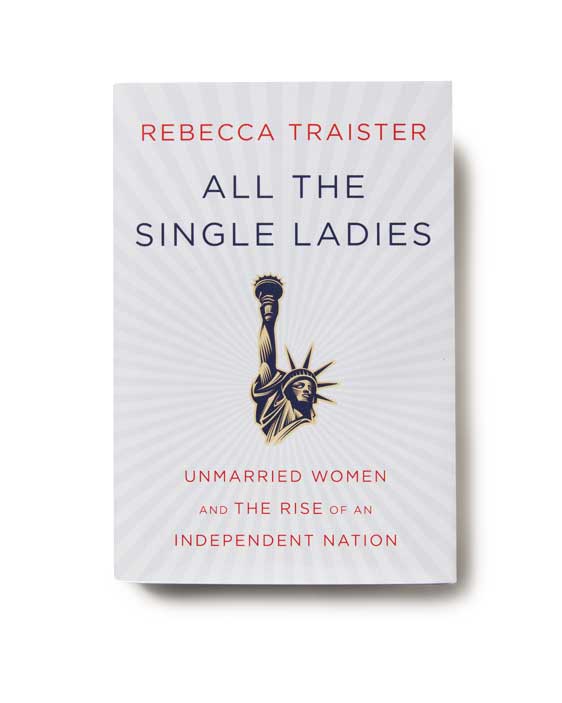
Susan B. Anthony made a prediction in 1877: one day women would be liberated enough not to marry, ushering in “an epoch of single women.” That epoch, according to Rebecca Traister’s All the Single Ladies, is now. There are more unmarried than wedded American women, and they are a stealth political and cultural force.
Single Ladies is less concerned with what it feels like to be a single woman–like the empowerment of installing one’s own AC–than with how we got here and what it means. Women no longer need partners, but married people still enjoy health, tax and other benefits unavailable to individuals. Traister’s point: the old model isn’t coming back, and the new one needs to be attended by serious policy changes.
The elephant in the chapel is that single women don’t necessarily stay single. Their numbers have grown largely because of marrying later, not ditching the institution. In fact, the option to wait, or totally opt out, may make marriage look better than ever. Traister (a married woman) doesn’t let that ruin her argument. Even if their singledom is transient, unmarried women “are taking up space in a world that was not built for them”–and they’re ready to rebuild it.
Society has always shaped itself by responding to circumstances. Proof: Stephanie Coontz’s insightful The Way We Never Were (1992), reissued with new material. The 1950s family we so often idealize was, Coontz explains, an invention of the post–World War II economy. It was also “the most atypical family system in American history.” Today delaying marriage is likewise what Coontz would call a “rational response” to our situation. As sex and love become uncoupled from marriage, that response becomes only more rational.
More Must-Reads from TIME
- Donald Trump Is TIME's 2024 Person of the Year
- Why We Chose Trump as Person of the Year
- Is Intermittent Fasting Good or Bad for You?
- The 100 Must-Read Books of 2024
- The 20 Best Christmas TV Episodes
- Column: If Optimism Feels Ridiculous Now, Try Hope
- The Future of Climate Action Is Trade Policy
- Merle Bombardieri Is Helping People Make the Baby Decision
Write to Lily Rothman at lily.rothman@time.com